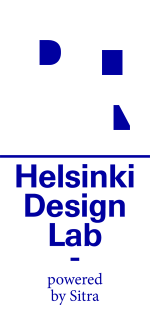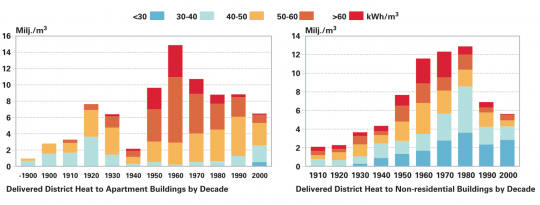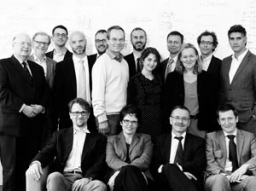Building age is the greatest determinate of the energy efficiency of Fin- land's building stock. In general, buildings constructed during the rapid urbanization of the 1950's, 60's and early 70's are the least efficient buildings of any decade either before or after. In fact, apartment buildings built at the turn of the 20th century and during the 1940's are, as a class, the most effi- cient in the country. Those built during the 1970's energy crisis are among the least efficient.

HDL is now closed. For more info, click here.
HDL Living Archive
Helsinki Design Lab's roots stretch back to 1968. In 2008 Sitra resurrected the initiative and operated it for five years. We are now closing this chapter of the project's life, and in doing so creating a living archive. Our intention is to open up the work of HDL as a useful platform for others who carry forward the mission of institutional redesign.
The full website will remain in place until at least the beginning of 2015. You are free to copy, remix, and extend the content here using a Creative Commons Attribution ShareAlike license. Below we've curated a shortlist of useful posts from this site's history.
Sustainability Studio (2010) Dossier
Delivered District Heat Energy by Decade of Construction

